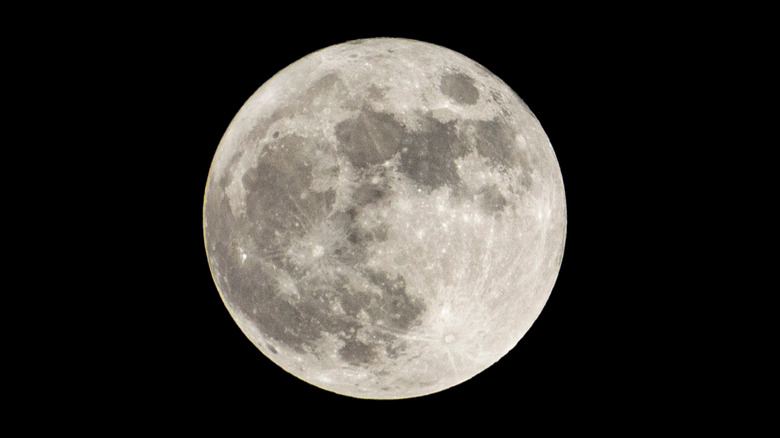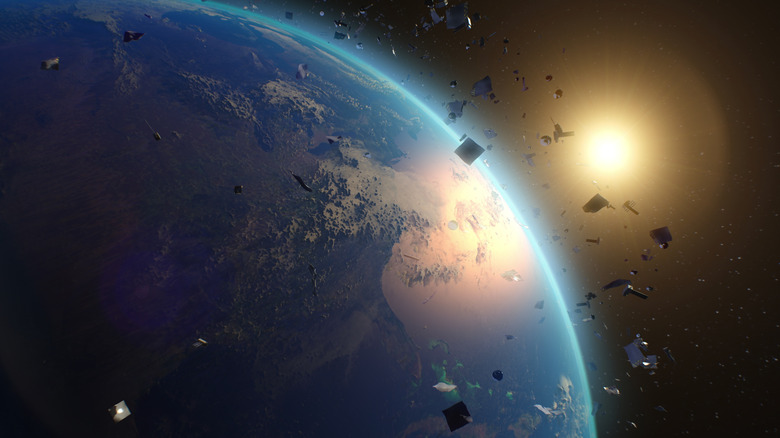Researchers Reveal How They Confirmed The Booster Hitting The Moon Wasn't From SpaceX
In the next few weeks, the moon is getting a surprise visitor – a manmade object which will impact the moon's surface on March 4, 2022. Originally, people had thought that the offending object was part of a SpaceX rocket, but more recent information showed that it is actually a Chinese rocket booster. So this might make you wonder – how do researchers identify unlabeled pieces of space junk, and how do they track them? Now, students and faculty from the University of Arizona have revealed how they spotted the Chinese booster at the Space Domain Awareness lab.
The lab has been tracking the piece of debris as it headed for the moon, studying its rotation and taking readings to determine its origin.
"We took a spectrum (which can reveal the material makeup of an object) and compared it with Chinese and SpaceX rockets of similar types, and it matches the Chinese rocket," explained Vishnu Reddy, associate professor at University of Arizona, who co-leads the Space Domain Awareness lab (via University of Arizona). "This is the best match, and we have the best possible evidence at this point."
This booster is predicted to impact at or near the moon's Hertzsprung crater, located on its far side. The researchers at the Space Domain Awareness lab tracked the booster using a telescope system called Rapid Astronomical Pointing Telescopes for Optical Reflectance Spectroscopy (RAPTORS) which observed the debris between January 21 and February 7.
The problem of space junk
The debris is from the launch of China's Chang'e 5-T1 mission in 2014, which used a Long March 3C rocket. The piece of debris in question seems to be the booster, or first stage, of that rocket. This is not the first time that a Long March booster has caused trouble, as in May 2021 a Long March 5B booster crashed to Earth in a dramatic demonstration of the problem of space debris .
It is rare for a piece of debris to impact the moon, but such junk causes many other problems in space. The International Space Station frequently has to make moves to avoid pieces of debris, and debris makes it more difficult to launch satellites. The European Space Agency estimates there are more than 28,000 pieces of space debris currently in orbit, with a total mass of more than 9,300 tonnes.
The students that tracked the debris about to impact the moon are more aware than most people of the problems caused by this floating space junk, even if the upcoming impact isn't the biggest threat.
"While this isn't the most detrimental impact, the idea of so many objects in space with unknown orbits and identities is worrying," said Grace Halferty, an undergraduate student studying SpaceX's Starlink satellites and their effect on ground-based astronomy at the University of Arizona. "We need better space traffic management."

